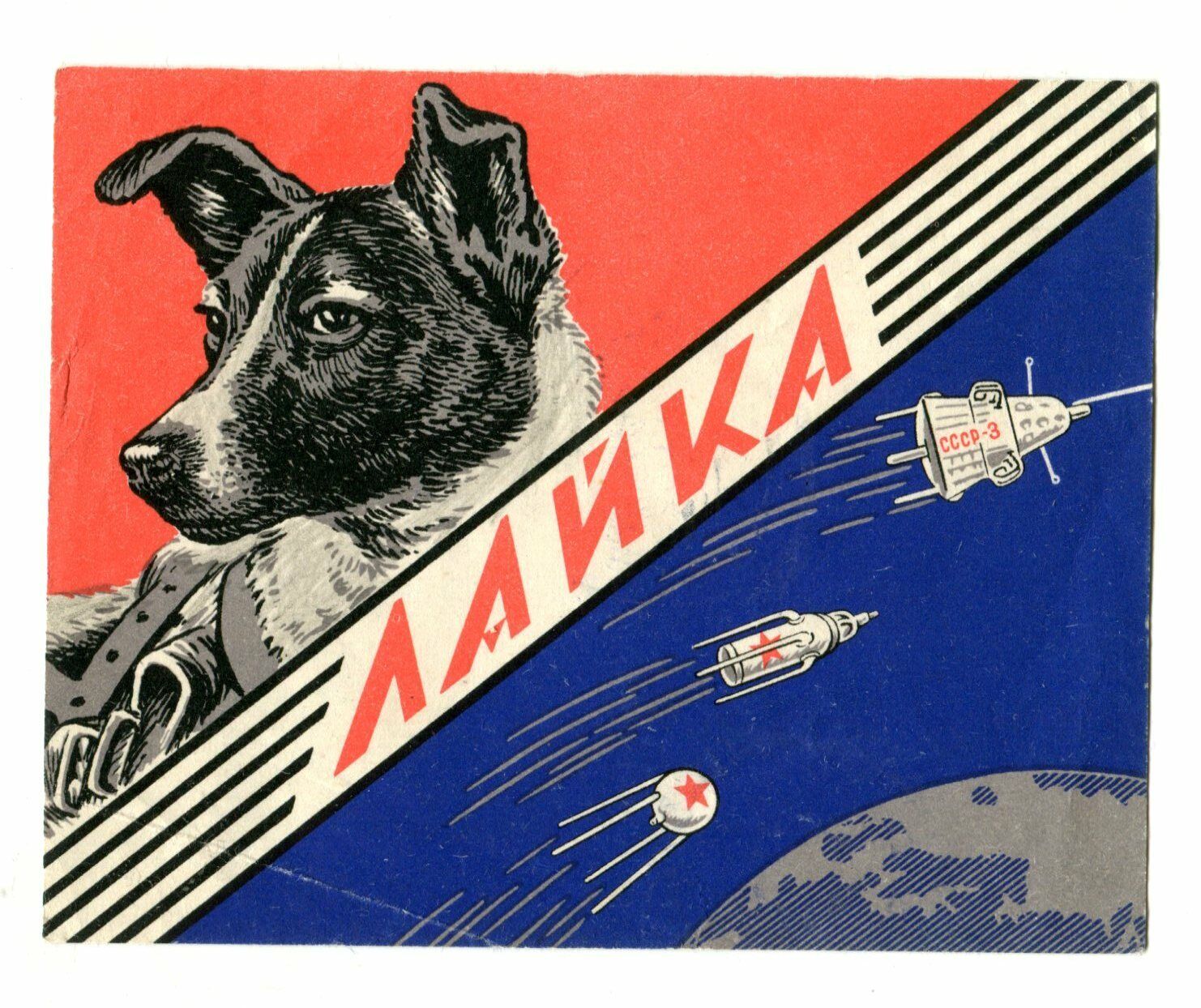I find everyone uses time for long distances. I know it’s a 13 hour drive to Edmonton but damned if I know how many kilometres it is.
I always convert using 100km/h. So a 13 hour drive is probably North of 1250km.
That being said I only measure distance in time as well.
100km/h is a good estimator, because you’re probably going 120km/h most of the way but you need to account for toilet breaks and lunch.
My car tracks my average speed for some reason, and I believe it’s based on engine hours vs. distance. After 2½ years and ~70,000km it’s stayed pretty consistent at about 60km/h.
My driving is probably 90% highway by distance, or 60% by time.
Yep, I can tell you Toronto is 17 hours away and the QC border is 7, but I have no clue how many KM those are.
You’re from Cape Breton. Final answer
Sorry, try again next week on Where Am I From? Right province, but I’m on the mainland.
Oh no! I’m late!
Halifax?
Lmao wasn’t expecting another answer this week. Yep.
I try to be true to my word. Glad I don’t have to come back next week.
Shit. Ok. I’ll be back next week
Damn, I have to tune in next week to get the answer? This show is crazy.
They missed an important one. If it’s distance related to COVID, it’s measured in hockey sticks.
American ex-pat/Canadian permanent resident here. This is all pretty accurate in my experience, though I can’t speak on using Imperial for work-related measurements or pool temperature. Just this morning I had to describe our current bout of cool weather in Ferenheit to my friends back home, and was reminded all over again how ridiculous it is that the US still isn’t on metric. This rings especially true whenever I call my mom. Seems like I have to “Hey Google” conversions in every conversation we have. Before my dad died he would keep his weather app on Celcius to report the weather to me in metric. I honestly love that he felt compelled to do that.
It was a little weird getting used to the metric system initially, but I honestly prefer it at this point. I used to argue that you could be more precise with Farenheit, as the scale was broader. However, I’ve since come to realize that no one cares whether it was 74° or 76°.
We prefer metric mostly, but so much of our stuff comes from or is sold to the states, so we don’t have much choice but to use both systems.
Anoying af.
Does it help knowing NASA uses metric?
Hospitals in the US use mostly metric too.
While this is true, they still manage to use different metric units than the rest of the damn world (e.g. mg/dL instead of mmol/L)! Really messes up a lot of our reference material.
There’s also weird stuff how things like fuel consumption is measured. In the US we use “miles per gallon” which makes sense in a non-metric country. I was born in a metric country where we used “kilometers per liter” which also makes sense. But then cars have this setting for European countries where they show “liters per 100km”. WTF? Who in the hell measures things like that and why?
TL;DR it’s possible to do stupid things with any measuring system.
Canada here we always use Litres per 100km, because it shows fuel consumption per a static , rather than distance being the variable value. It seems odd, but when you are doing certain math on range and fuel usage it actually makes more sense. there are articles that can explain it better than I can
I wish this was all in metric
As a German I have to ask… why? It’s just sad at that point
A big issue is how connected certain trades are to the USA. A lot of our trades education or consumer products rely on their imperial system. Really wish the USA would stop prerending it is special and join the civilized world of logical units.
The funny thing is any blueprint you get will be in metric. But if you want to do something like bend a conduit, all the benders use imperial measurements.
Basically everything mandated by the government is Metric, so any official labeling (like on roads or foods) and it’s what we are taught in school. But we are in a transitionary phase in terms of whats passed on through family and social interactions. And that period is extended by trade with the US leading to lots of things still having both imperial and metric measurements, or in the case of weather, I grew up on the border listening to Detroit news.
I always use milliliters and grams for cooking, unless it’s measuring volume of something solid.
I also use time for long distances.
Don’t forget we also measure distance by travel time. I have to Google the KM distance from Ottawa to Toronto but I know it’s around 4 hours and 20 minutes traffic allowing.
yep, driving somewhere is almost always expressed as a unit of time. Only time I check distances is planning a trip with the trailer to get an idea of when to stop for gas, especially going up north.
Not to mention if we say miles, we almost always mean kilometres.
It’s only true if you are over 55-60.
I’m 50, and almost never use Imperial. Especially temperature - like, who TF uses Fahrenheit? It makes absolutely no sense in almost every context.
I’m 53, and I think we started being taught metric in grades 3 and 4. For me, the chart is very accurate.
What’s the dial on your stove say? Because I have never used let alone seen a stove in Canada that had C on it. Been that way since I can recall.
I think most food packages also list temps in F (or add C as well but never omit F).
When I turn my oven on, the screen to set the temperature prompts me in ℃.
I mean the chart says it’s only used for cooking and pools, which is pretty accurate imo. Most recipes are in Fahrenheit and I’ve never heard anyone taking about pool temperatures in Celsius.
The only time it comes up is when I follow a recipe. That and my stove is only in F.
Because of its scale, Fahrenheit works better for describing the temperature as it relates to people and how comfortable or dangerous it is. Celsius obviously works better for science and engineering. Both systems are arbitrary and either will work once your used to them obviously. Fahrenheit is anthrocentric. Celsius is centered around the phase changes of water at a standard (arbitrary) pressure. The only temperature scale that approaches universality and attempts to not be arbitrary is the Kelvin.
Fahrenheit is my preferred scale when dealing with weather and heating/cooling my home because with Fahrenheit, you can describe almost the entire range of normal human experience from freezing to death to burning to death with (almost always) only two digits and no sign change. If you see an extra digit or a negative sign on the Fahrenheit scale you know shit just got real. And as for the numbers in between 0-100, you can conceptualize them as a simple decimal range like we do for lots of other statistical things like movie ratings, school/exam grading brackets, political polls on TV, percentages, etc.
@ LonelyWendigo
What? That’s a rationalization for your preferred system.
Depts of Winter -35C
Spring/Fall 0C
Heights of Summer +35CIn Fahrenheit that would be:
Winter -31F
Spring/Fall +32F
Summer +95FWhich is completely arbitrary.
Yes, I thought I was very clear that I was explaining my rationalization for why Fahrenheit is my preferred arbitrary system for a specific use case. Fahrenheit is arbitrary and centered around human existence. Celsius is also arbitrary and centered around the phase changes of water. I made no mention of season because again, that is totally arbitrary, not universal, and depends wholly on geography. The only temperature scale that even gets close to trying to not be arbitrary is Kelvin, but I don’t see you bullying for it’s everyday use.
…Are you saying that the rest of the world have not a single idea, which temperature is burning hot and which temperature is freezing cold?
All of that is just a matter of habits/familiarity. If you are used to Celcius, you know 0℃ is freezing cold, like literally. Anything beyond 40℃ is “shit just got real” territory.
If you want to call out “but 40 is not an intuitive number!!” then I would briefly mention that 212℉ is not an intuitive number for the boiling point of water either.
If I had a pool, I would probably hate if I had to set the temperature in black and white; so I would look for a pool that specifically uses Colour.
This is extremely accurate, as far as I’ve seen in western Canada.
A lot of these are more to do with age or products imported from the US than anything. For example with the temperature one, I would never give the temperature of anything in f, but my parents’ hot tub only displays temperature in f. Also my parents follow a flowchart like this much more than I do because they grew up with a more mixed system. Like they will sometimes give distance in miles whereas I would only ever in km. However there are some of these that even I do. Like I would only ever give my height and weight on feet, inches, and pounds.
Cooking flip flops the most… Usually baking is Imperial ( ferenheit/cups/teaspoon/tablespoon/ounce (weight), fl oz (volume), etc)… But in a single recipe, I’ve turned on the oven to 350F, and mixed a teaspoon of one ingredient into 300 mL of another, then added 300g of a third with an 8oz can of another.
It’s just completely random, even within a single recipe.
I use metric for all distances, and celcius for all temperatures… except my oven, but if i could change that to C, I would.
Many ranges and ovens do have the option to do this hidden in the settings somewhere. It may be worth do a search for how to do it on your model. (Model and serial number are usually on a sticker that is visible when the lower drawer is opened.)
But then you have to convert all the recipes that only list Fahrenheit :(
Forgot about deli meet for the weight. It’s always “I want 300 grams of sliced black forest ham”, and not whatever that is in imperial. Do they use ounces for that?
I’ve started asking for a specific number of slices and thickness. 16 slices of shaved blackforest ham gives me 4 sandwiches worth. Oh baby.
This is the way. One customer ever did this in my deli career and it was the easiest transaction.













